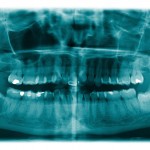
This review of the effectiveness of platelet-rich fibrin (PRF) in reducing postoperative complications of third molar surgery included 10 small RCTs suggesting that PRF may reduce but not prevent some complications.
[read the full story...]
This review of the effectiveness of platelet-rich fibrin (PRF) in reducing postoperative complications of third molar surgery included 10 small RCTs suggesting that PRF may reduce but not prevent some complications.
[read the full story...]
This review comparing the efficacy of Cox-2 inhibitors with ibuprofen after third molar removal included 12 RCTs suggesting that COX-2 inhibotors and Ibuprofen provide similar pain relief at 6, 8, and 12 h after third molar removal.
[read the full story...]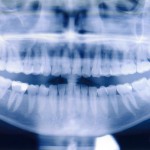
This review of the prevalence of distal surface caries in second permanent molars associated with retained third molars included 11 mainly retrospective observational studies findins a pooled prevalence of 23% (95% CI; 2% to 44%).
[read the full story...]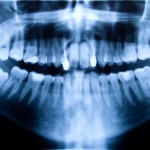
This review of coronectomy reoperation rates. included 15 studies with 14 being at high or medium risk of bias. The finding suggest a reoperation rate of 5.1%.
[read the full story...]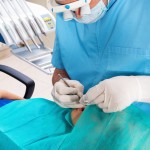
This blog on a review of the efficacy of platelet rich fibrin (PRF) in oral surgery procedures was prepared by MSc Students from @UClanDentistry during a workshop with the @TheDentalElf. The review includes 30 small studies of limited quality more high quality studies are needed to assess effectiveness.
[read the full story...]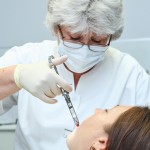
This review of anaesthetic efficiency of articaine for lower third molar extraction included 9 RCTs ( 493 patients -770 lower molars). The findings suggest that 4% articaine with 1:100,000 epinephrine possesses superior anaesthetic efficiency relative to lidocaine.
[read the full story...]
This review of the effectiveness of regenerative periodontal treatment for preventing periodontal defects following third molar surgery included 21 RCTs and suggested that these approaches were effective. However a majority of the included studies were at high risk of bias so the findings should be interpreted cautiously.
[read the full story...]
This review of effectiveness of corticosteroids in the post-operative control of pain, swelling and trismus after third molar surgery included 17 RCTs suggesting that corticosteroid use had beneficial effects on pain swelling and trismus.
[read the full story...]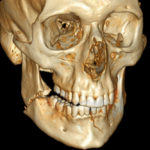
This review of the link between the presence of third molars and mandibular angle fractures included 7 retrospective studies suggesting an increased risk of fracure when third molars were present RR= 1.90(95%CI; 1.47-2.46).
[read the full story...]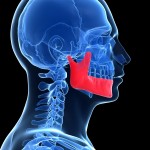
16 observational studies were included in this review of the association between the presence of a lower third molar and the occurrence of a mandibular angle fracture in adults. The findings suggest that the odds of fracture are 3.16 (95%CI; 2.2- 4.54) higher in the presence of third molars
[read the full story...]